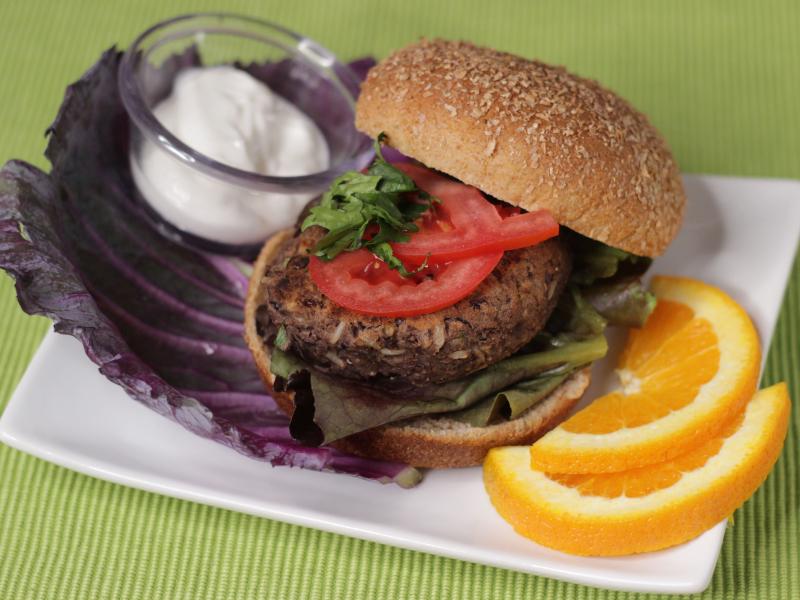
It’s usually more budget-friendly to eat most meals from home, but let’s face it – fast-food restaurants are part of many people’s routines. In general, these foods provide more calories, sodium and saturated fat and cost more money than meals you make at home. While we encourage you to limit fast-food to special occasions, with a little planning, it is possible to find items or full meals from fast-food restaurants that can fit into your MyPlate plan.
Start by getting your MyPlate Plan to find out your daily calorie needs and recommended servings from each food group. Use your plan to navigate items on the menus. After all, the majority of fast-food restaurants show calories next to each item on the menu, which you can use as a helpful tool.
Drive-Through Basics
- Look at the menu online before you go so you have more time to review the options and make the best choice.
- Be mindful of portion size – order a kids’ meal for yourself or order the small size. Say “no, thanks” to the option to upsize.
- Think about the different sections of MyPlate and look for them on the menu – use this to build your meal and make your choices. Remember, you don’t have to meet all 5 food groups at every meal. Explore ways to incorporate them throughout the day.
- Choose foods with words like grilled, baked, broiled, unbreaded and steamed because foods cooked with these methods tend to be lower in saturated fat and calories.
- Ask for items to be made plain or with sauce on the side so you can control how much goes on the food. Sauces can be a source of extra saturated fat, sodium or calories.
- Don’t be afraid to ask for modifications or substitutions.
- Choose beverages that don’t have added sugar, like unsweetened tea, coffee, low-fat milk or sparkling water.
- Consider getting the main course from the drive through, then make the sides at home, like roasted potatoes, salad or vegetables. This will save money and provide an opportunity to include more food groups in your day.
Fruits
- Opt for a fruit cup, apple slices or applesauce in place of or in addition to a small order of fries.
- You can order 100% fruit juice, but remember that one serving is 1 cup (8 fluid ounces). Try to get most of your fruit servings from whole fruits, not juice.
Vegetables
- Swap a fried side item for a vegetable or salad.
- Take advantage of freebies – many restaurants, especially sub shops or delis, will provide extras like lettuce, tomato, pickles, onions, spinach, cucumbers and other vegetable sandwich toppers for free. They all count toward your daily servings of vegetables.
- Choose restaurants that have side options like salads, beans, vegetables, baked potatoes or raw veggie sticks.
Grains
- Try oatmeal for breakfast.
- Choose whole grain bread, brown rice or whole grain tortillas.
- If you choose “white” bread from the menu or whole grain isn’t available, try to choose whole grains at other meals of the day.
Protein
- Select lean options, like grilled chicken, deli turkey, Canadian bacon or ham.
- Be mindful of portion size. A typical 3-ounce serving from the protein group should be about the size of a deck of cards.
- Look for grilled, baked, unbreaded or broiled instead of fried.
Dairy
- Cheese is part of the dairy group. One slice of cheese counts as one serving.
- Low-fat milk is available at many restaurants.
So, next time you find yourself in the drive through line, think about these tips and proceed with ordering confidently, equipped with your MyPlate plan. Better yet, try some of these fast and delicious recipes from Eat.Move.Save.:

Sides:
Entrees:
- Turkey Burgers
- Venison Burger Bowl
- Beef Burger and Vegetable Dinner
- Black Bean Burgers
- Turkey Sandwich Wraps

Breakfast:

